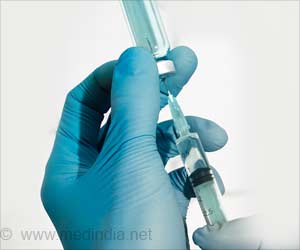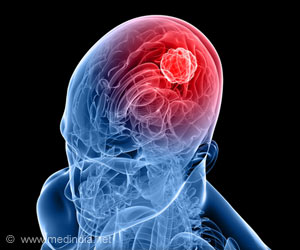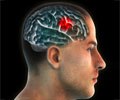Mouse model for human pediatric high-grade glioma sheds light on cancer genesis and neurodegeneration.

‘Mutations in histone 3.3 alter gene regulation during embryonic development, which indicates that the cancer likely starts in utero.’





"Up to now, there was no truly representative in vivo model to study the underlying mechanisms of this disease," says Salomoni. "That is why we decided to develop a mouse model that recapitulates hallmark pathological features of pHGG. Our findings support the concept that mutations in histone 3.3 alter gene regulation already during embryonic development. This means that the cancer likely starts in utero." For the study the researchers altered the blueprint of histone 3.3 in mice by genetic engineering. "This model will enable insights into the development of pHGG and provide an opportunity to explore novel therapeutic approaches", Salomoni says. The biologist sees further potential for applications: "Laboratory experiments from DZNE and others suggest that alterations in histone 3.3 are implicated not just in brain tumors but also in depression and age-related brain diseases. Our model might therefore help to study DNA associated mechanisms involved in a wide spectrum of diseases."
Source-Eurekalert















